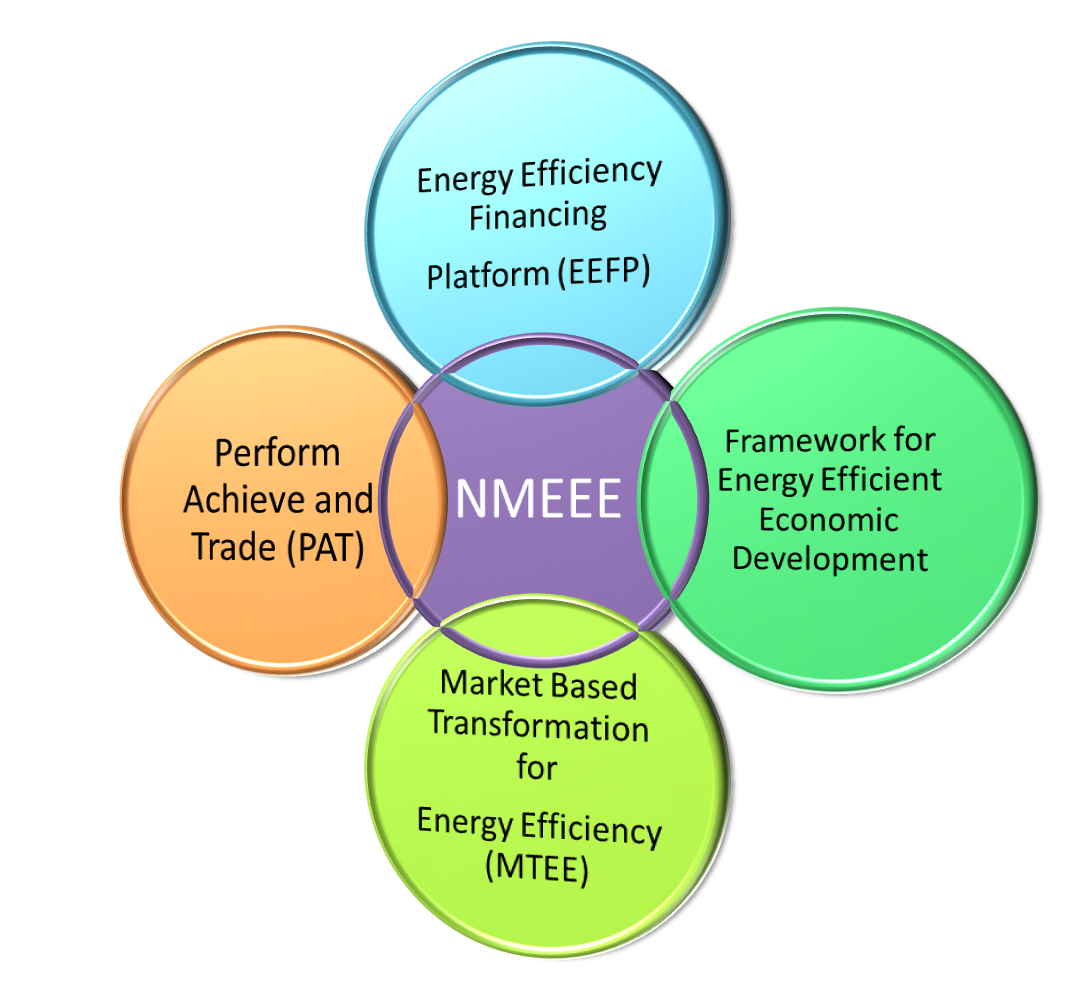Sustainable Development Guidelines 2012-13 –A guide to assess your performance
Part 1, Jump to Part 2
The Ministry of Corporate Affairs has released CSR Voluntary Guidelines (VG) on Social, Environmental and Economic Responsibilities of Business in year 2009. These guidelines were developed to encourage companies to report their activities based on triple bottom line approach i.e. Social, Environmental and Economic. In light of the recent global developments in this field, these voluntary guidelines have been modified to Sustainable Development and Corporate Social Responsibility guidelines for Central Public Sector Enterprises (CPSEs).
These new guidelines mandate that all CPSEs (covered under these guidelines) should develop sustainable development projects and undertake annual targets with a commitment to implement them along with their financial and business targets. These new guidelines were issued by the Department of Public Enterprises (DPE). In addition, based on the recent decision taken by the Securities and Exchange Board of India (SEBI), all listed entities should submit Business Responsibility reports based on these guidelines as a part of their annual reports.
Central Public Sector Enterprises in India have been asked by the Department of Public Enterprise (DPE) to report their sustainability initiatives taken in the year 2012-13. Companies falling under the criteria set by DPE are now compiling information on the activities taken by them during the last financial year. These activities and its performance and targets are required to be reported in their annual reports or in a separate report by 31st Aug 2013. In addition, performance and targets achieved by these project activities have to be evaluated by an external independent agency.
Many companies may already have prepared their reports with information on Sustainable Development Projects undertaken during FY 2012-13 as per DPE Guidelines. But there might be many companies who haven’t yet started compiling their results in the form of reporting and evaluation of these projects by external independent agency. This article will help such companies in filing their response.
(1) The performance of each sustainable development project activity should be evaluated based on its objectives, scope, deliverables and benefits. As per DPE guidelines, each CPSE has to discuss the targets and performance indicators of sustainable development projects to be undertaken by them with the Task force, Syndicate group in the MoU negotiation meeting. For this purpose, CPSE should collect qualitative and quantitative information on these performance indicators and targets selected by them and follow the same for evaluation process.
Please take note that only following external independent agencies are eligible for evaluation;
- QCI accredited consultants on the website of Ministry of Environment and Forest
- Energy auditors certified by Bureau of Energy Efficiency
- Certified personnel from other CPSEs
- Any other agencies /specialists/ consultants duly certified by Government bodies
(2) The evaluation exercise by CPSE will be based on actual achievements at the end of FY 2012-13 against selected performance indicators and targets.
(3) As per the DPE guidelines, each CPSE is required to select any 5 projects i.e. any three projects from schedule A and any two from schedule B (Project activities as categorized in the DPE guidelines). Along with this information, CPSE is required to collect numerical data on the their actual performance verses targets on sustainable development on the basis of the following- (a) Sustainable development expenses incurred and (b) Progress made in respect of the chosen projects.
(4) CPSE is required to check performance indicator for each project against the targets as set by them in front of Task force, Syndicate group. These performance indicators are mentioned in part 2 of this post. All the projects will be scored based on a five point scale i.e. Excellent, Very Good, Good, Fair and Poor.
To do’s
- Assess objectives of the long, medium and short term plans of your company’s regarding sustainable development.
- Assess Sustainable Development Project activities undertaken as a part of the long, medium and short term plan(s) based on the parameters like planning, implementation and monitoring.
- Assess expenditure/ resource allocation for the Sustainable Development Project activities
- Assess defined responsibilities and roles in Sustainable Development Project activities
- Create a logical model and assess relevant performance indicators and targets set by your company’s for Sustainable Development Project activities
- In order to be able to monitor progress of Sustainable Development Project activities, visit the project sites and collect data on the progress of the sustainable development projects and their performance indicators and targets
- Analyze monitored and collected data of performance indicators and targets to help gauge the actual performance of the Sustainable Development Project activities.
- Arrange/rank project activities based on the weightage assigned against each of the Sustainable Development Project activities under a five point scale (Excellent, Very Good, Good, Fair, Poor)
- Submit the report
Corporate Social Responsibility is a Company’s commitment to operate in a sustainable manner (Triple bottom line approach) and in the process making it closely linked with the practice of Sustainable Development. However, Corporate Social Responsibility and Sustainable Development were treated as two separate subjects in the earlier guidelines. From April 2013, there will be a new guideline by DPE. This guideline will address both CSR and Sustainability together.


